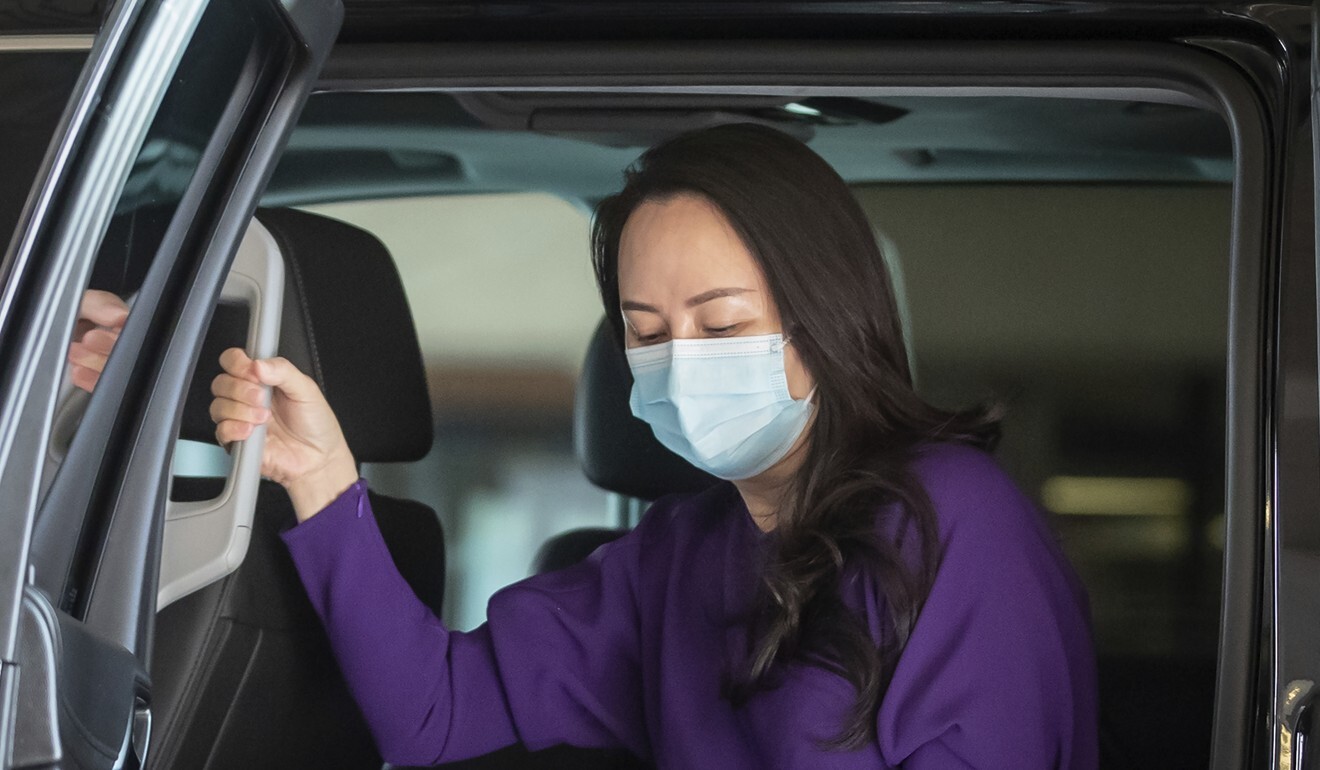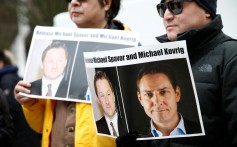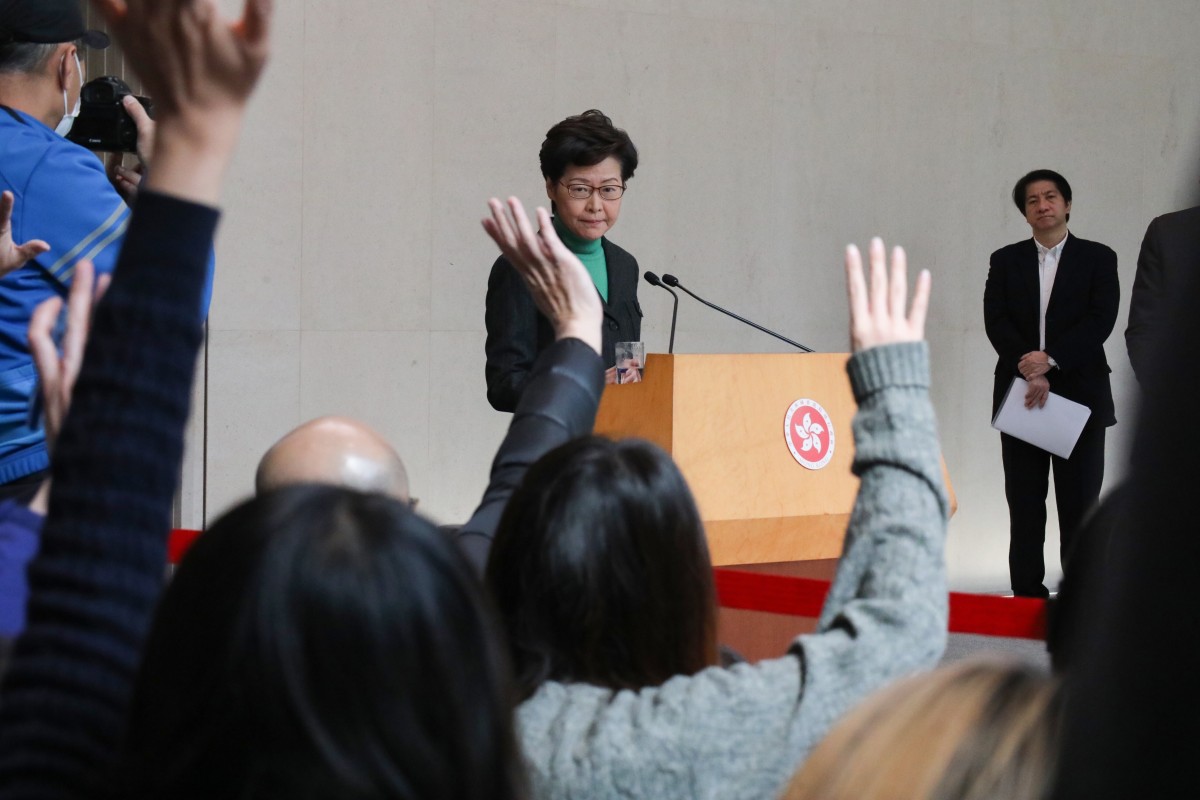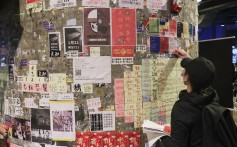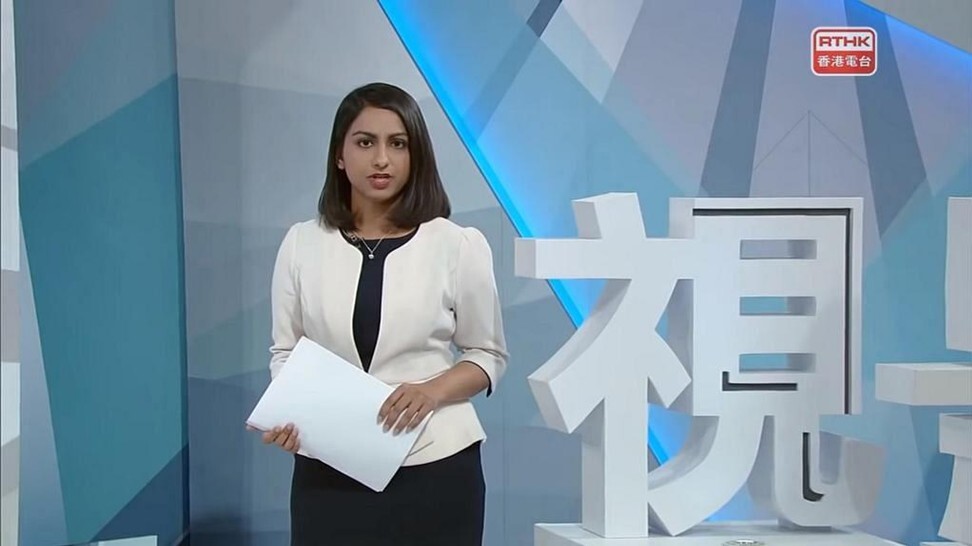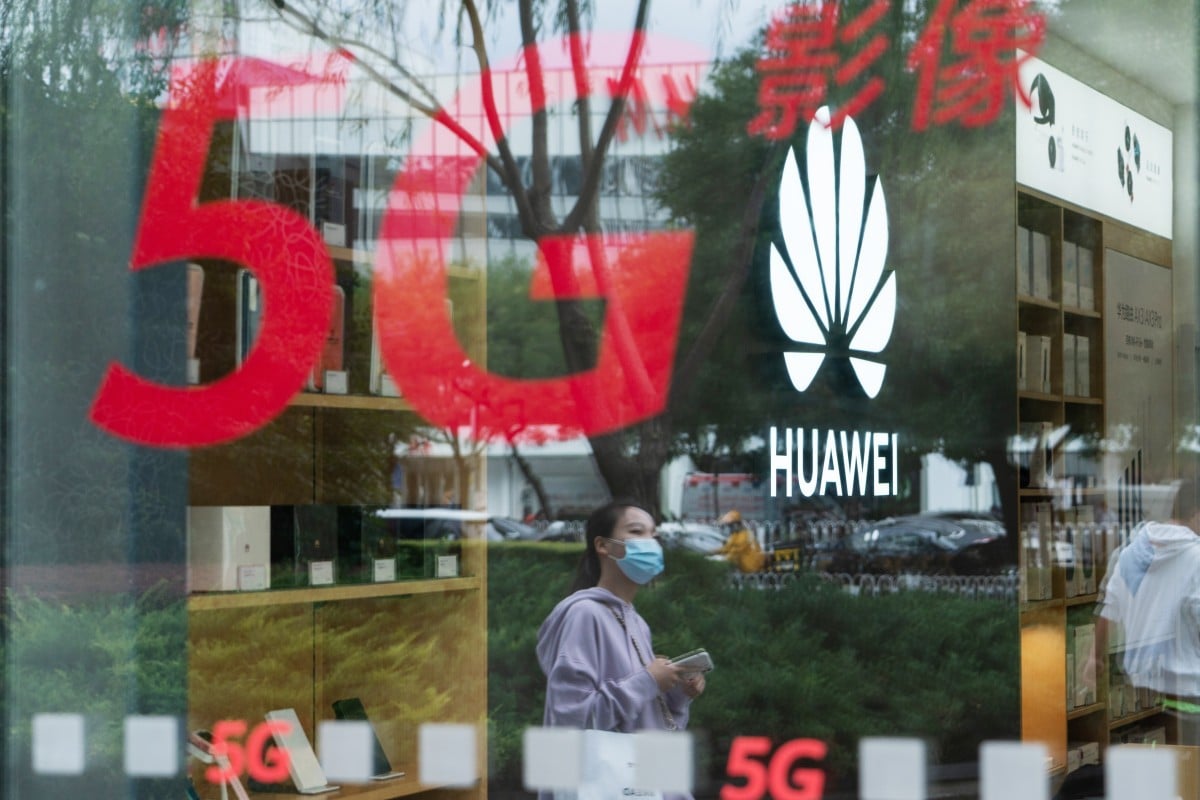Poverty alleviation was given new prominence in 2015 when President Xi Jinping pledged to lift those in the greatest hardship by 2020
Despite the expense and resources spent on improving the lives of poor rural Chinese, there is more to be done to help them adjust and keep them in work
Zhuang Pinghui in Beijing Published: 2 Oct, 2020
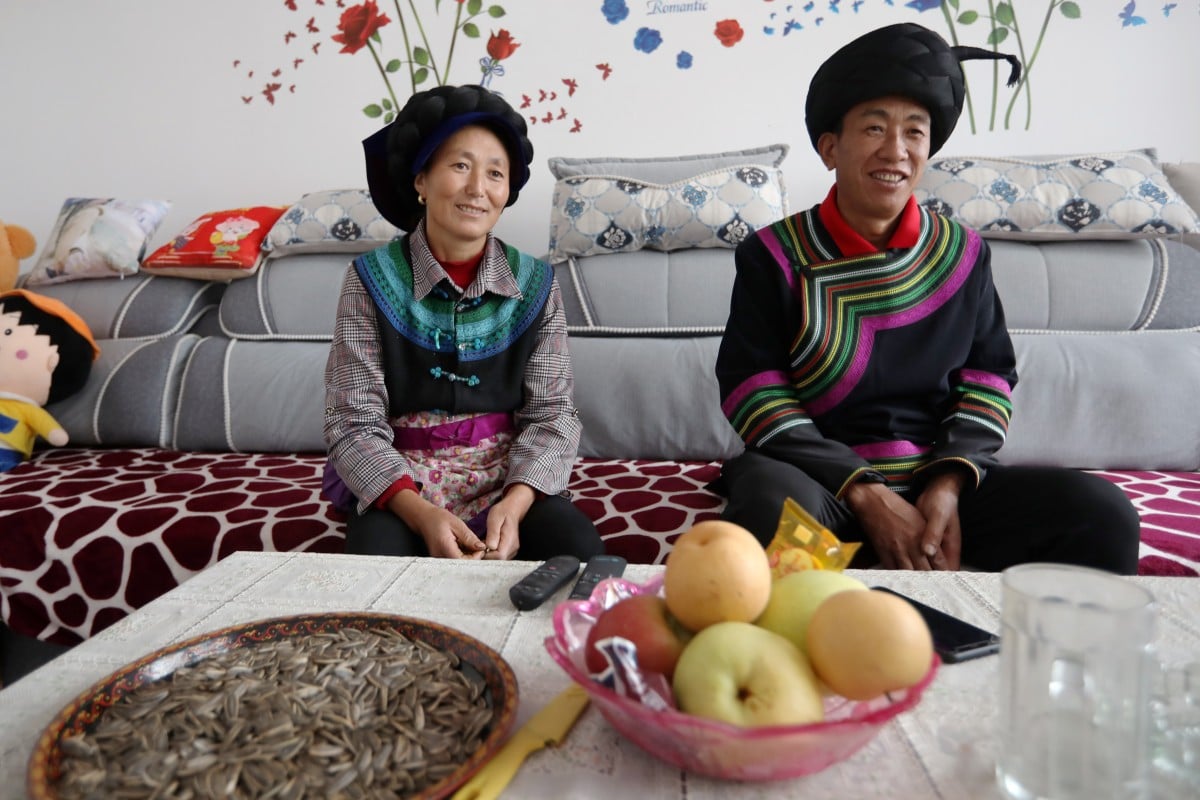
Jifu Jifuzi and his wife Li Youling watch TV in their new home. Photo: Simon Song
Jifu Jifuzi was living in an isolated village on a mountain cliff in southwestern China just as other members of the Yi ethnic minority had done for generations.
The remote location in Sichuan province originally helped the community to avoid conflicts but ultimately it meant they were left behind as China modernised.
The family – Jifu, his wife and three adult children – were living in a mud house with a fire in the centre of the room and their chickens and pigs next to their home. When it rained, the roof leaked and mountain roads were too muddy to go anywhere.
But things started to improve rapidly in 2018, after Chinese President
Xi Jinping visited the Liangshan Yi autonomous prefecture – one of the poorest parts of the country – and called on cadres to speed up
poverty alleviation efforts.
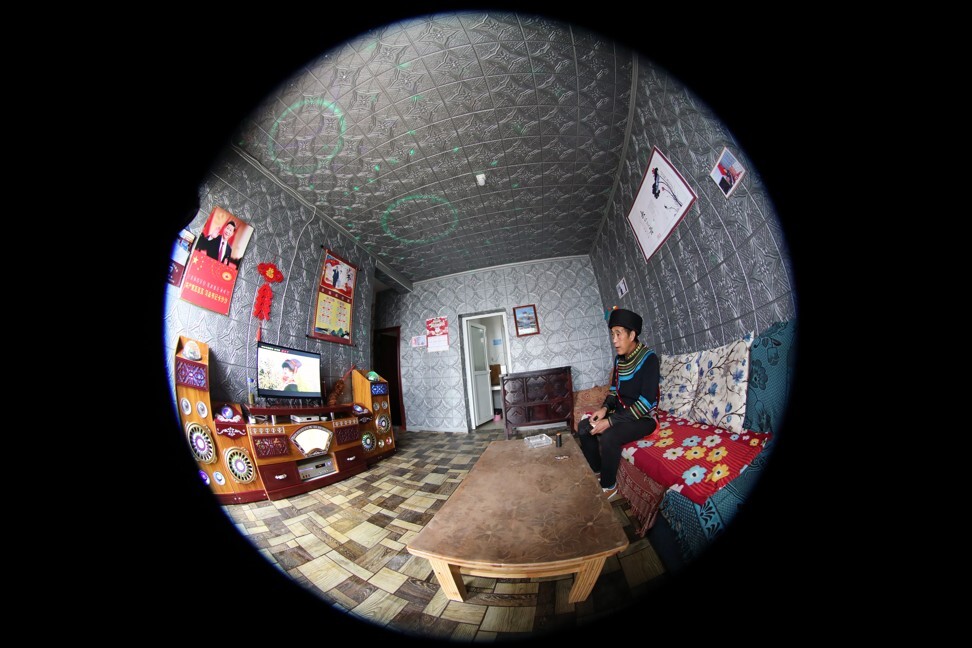
Villagers in Xujiashan moved into their new houses built by the government in 2019.
Photo: Simon Song
Roads were built to connect the mountain villages and houses were constructed to ensure each person had the standard 35 square metres of living space. Villagers finally had access to relatively modern amenities: a flush toilet, running water, television and, for better hygiene, their animals were raised away from the living quarters.
“I am very grateful for all this. I didn’t pay for anything,” said Jifu Jifuzi, 50, who moved to a five-bedroom house with his family in October last year.
He and his two sons headed to Zhejiang to work on construction sites in the far eastern province now that new roads made the journey easier. Together they could bring home about 60,000 yuan (US$8,800) a year.
Jifu was the face the Chinese government proudly showed to the outside world, representing the 10 million rural residents across the country resettled from remote or hazardous areas as part of Beijing’s poverty alleviation campaign.
In a three-day government-organised tour, large areas featuring new blocks of flats, houses and public squares were decorated with slogans thanking the Communist Party in Yi-dominant counties. The media was also shown the former mud hut homes to underscore the achievements of the campaign.
China is set to announce that its poverty alleviation programme is a success, having spent a lot of money and labour, but there appears to be a long way to go if people helped by the campaign are to stay employed, adjust to their new lifestyle and stay out of dire poverty.
Xi tries to reassure ethnic minorities they won’t be ‘left behind’
11 Jun 2020
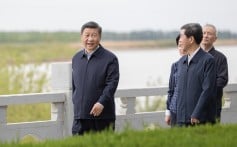
China’s anti-poverty campaign began decades ago but picked up pace in 2015 when Xi made an ambitious pledge to end absolute poverty – measured in 2011 as equal to an annual income of 2,300 yuan in 2011 – by 2020. The timer was set to ensure China became a “moderately prosperous society”, a founding mission for the ruling party by 2021 when it celebrates its centenary.
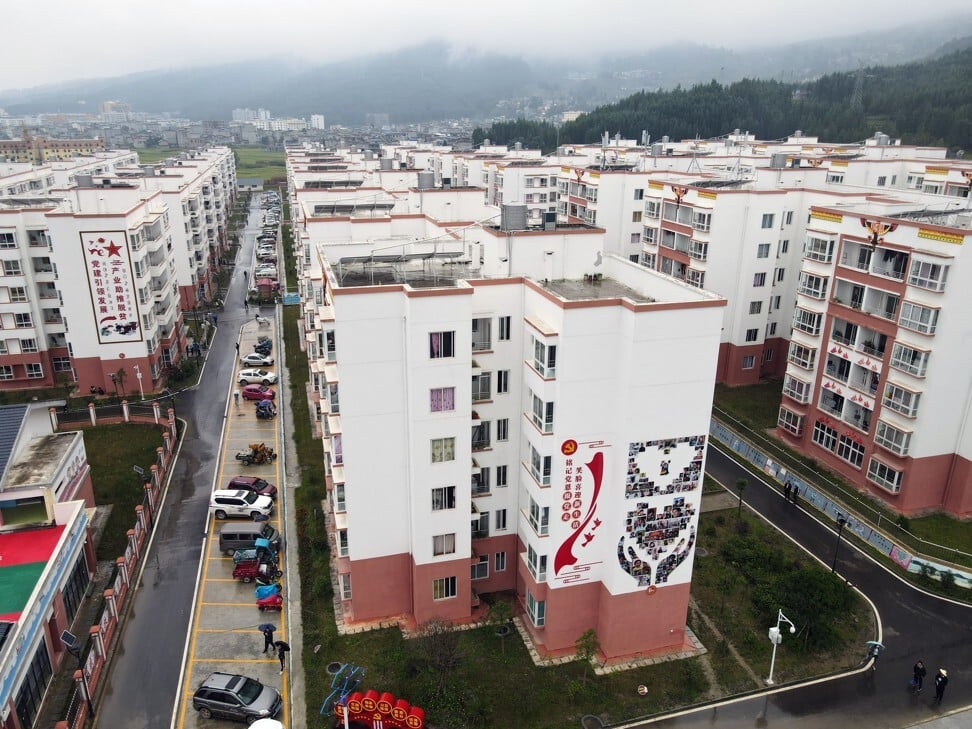
The Chengbei Ganen Community is the largest relocation settlement from inhospitable areas of the poverty alleviation initiative of Yuexi county, Sichuan province. Photo: Simon Song
To reach the goal the unprecedented campaign was carried out with no consideration of cost – either labour costs or funds – in spite of the country’s slowing economy.
Each household deemed to be in poverty was identified with a clear sign by their entrance and the name and telephone number of a public servant or staff of a state-owned enterprise paired up to help the household. More than 2.9 million party cadres were sent to villages to help poor villages rise above the poverty line. In higher-level arrangements, affluent eastern provinces have been paired with poor provinces and offered financial support, jobs and business opportunities.
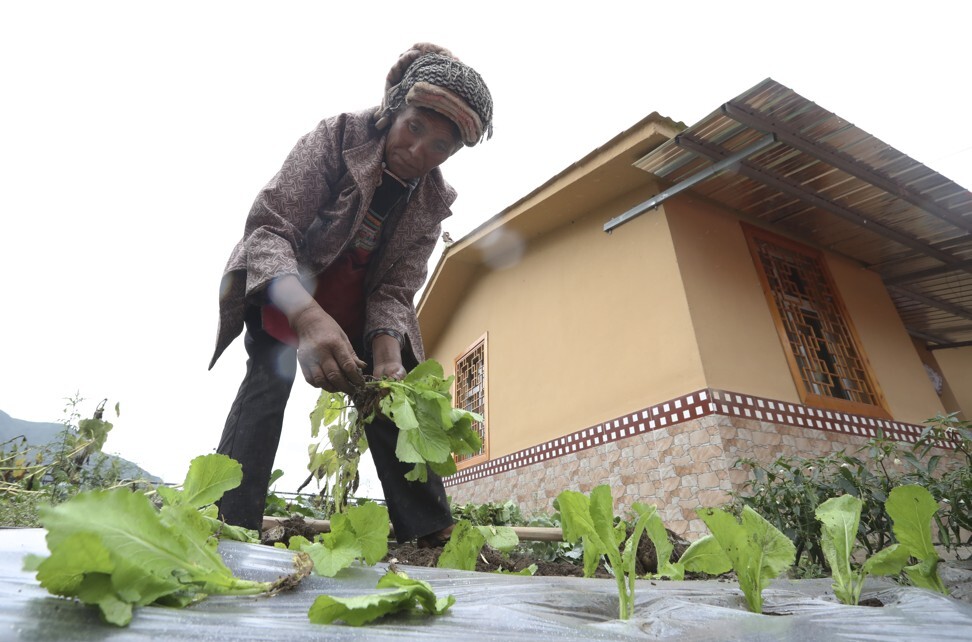
A Tibetan woman plants vegetable next to her village home. In Qingshui village, in Liaoping township of Ganluo county, Liangshan prefecture, there is a population of 721 in 212 households, and the registered poor population is 319. Villagers were resettled in new houses in 2019. Photo: Simon Song
It is difficult to calculate how much money has been poured into the cause – the campaign has depended on resources from enterprises as well as government funding – to build infrastructure such as roads and businesses, relocate people away from extremely poor areas and pay for education and public health. In Liangshan alone, 115.7 billion yuan (US$17 billion) has been spent since 2016.
Poverty alleviation efforts were redoubled in 2018 for the final three years of “rough battle” to help areas deeply mired in poverty, especially the “three regions and three prefectures”, involving 19 groups of ethnic minority people who lived on the Tibet plateau, in Xinjiang, in Linxia in Gansu province, in Liangshan in Sichuan province and in Nujiang in Yunnan province.
Because of the campaign, about 13 million rural residents have been lifted out of poverty each year since 2013, according to official government figures. The staggering number of 98 million impoverished rural residents in 2013 was cut to 5.5 million by last year.
Officials predicted that China would reach its target as scheduled – no pandemic, economic slowdown or closed factories would stand in the way when China was so close to reaching its crowning social accomplishment.
“The epidemic and floods in summer have been big challenges but we are very confident that we can reach the poverty alleviation target this year,” said Hong Tianyun, deputy head of the State Council’s Leading Group Office of Poverty Alleviation and Development.
He and his two sons headed to Zhejiang to work on construction sites in the far eastern province now that new roads made the journey easier. Together they could bring home about 60,000 yuan (US$8,800) a year.
Jifu was the face the Chinese government proudly showed to the outside world, representing the 10 million rural residents across the country resettled from remote or hazardous areas as part of Beijing’s poverty alleviation campaign.
In a three-day government-organised tour, large areas featuring new blocks of flats, houses and public squares were decorated with slogans thanking the Communist Party in Yi-dominant counties. The media was also shown the former mud hut homes to underscore the achievements of the campaign.
China is set to announce that its poverty alleviation programme is a success, having spent a lot of money and labour, but there appears to be a long way to go if people helped by the campaign are to stay employed, adjust to their new lifestyle and stay out of dire poverty.
Xi tries to reassure ethnic minorities they won’t be ‘left behind’
11 Jun 2020

China’s anti-poverty campaign began decades ago but picked up pace in 2015 when Xi made an ambitious pledge to end absolute poverty – measured in 2011 as equal to an annual income of 2,300 yuan in 2011 – by 2020. The timer was set to ensure China became a “moderately prosperous society”, a founding mission for the ruling party by 2021 when it celebrates its centenary.

The Chengbei Ganen Community is the largest relocation settlement from inhospitable areas of the poverty alleviation initiative of Yuexi county, Sichuan province. Photo: Simon Song
To reach the goal the unprecedented campaign was carried out with no consideration of cost – either labour costs or funds – in spite of the country’s slowing economy.
Each household deemed to be in poverty was identified with a clear sign by their entrance and the name and telephone number of a public servant or staff of a state-owned enterprise paired up to help the household. More than 2.9 million party cadres were sent to villages to help poor villages rise above the poverty line. In higher-level arrangements, affluent eastern provinces have been paired with poor provinces and offered financial support, jobs and business opportunities.

A Tibetan woman plants vegetable next to her village home. In Qingshui village, in Liaoping township of Ganluo county, Liangshan prefecture, there is a population of 721 in 212 households, and the registered poor population is 319. Villagers were resettled in new houses in 2019. Photo: Simon Song
It is difficult to calculate how much money has been poured into the cause – the campaign has depended on resources from enterprises as well as government funding – to build infrastructure such as roads and businesses, relocate people away from extremely poor areas and pay for education and public health. In Liangshan alone, 115.7 billion yuan (US$17 billion) has been spent since 2016.
Poverty alleviation efforts were redoubled in 2018 for the final three years of “rough battle” to help areas deeply mired in poverty, especially the “three regions and three prefectures”, involving 19 groups of ethnic minority people who lived on the Tibet plateau, in Xinjiang, in Linxia in Gansu province, in Liangshan in Sichuan province and in Nujiang in Yunnan province.
Because of the campaign, about 13 million rural residents have been lifted out of poverty each year since 2013, according to official government figures. The staggering number of 98 million impoverished rural residents in 2013 was cut to 5.5 million by last year.
Officials predicted that China would reach its target as scheduled – no pandemic, economic slowdown or closed factories would stand in the way when China was so close to reaching its crowning social accomplishment.
“The epidemic and floods in summer have been big challenges but we are very confident that we can reach the poverty alleviation target this year,” said Hong Tianyun, deputy head of the State Council’s Leading Group Office of Poverty Alleviation and Development.
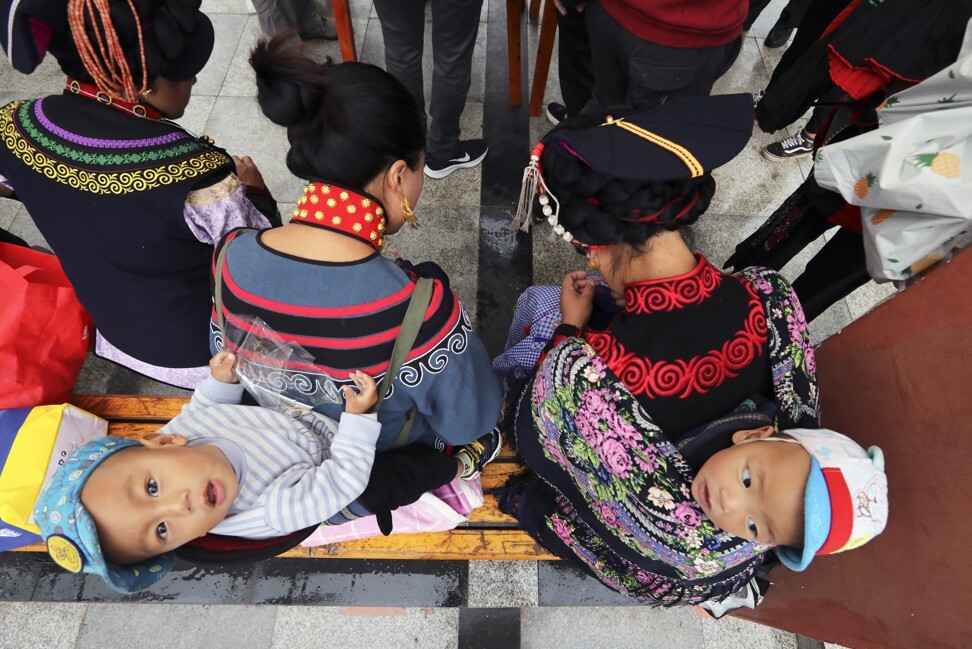
Ethnic Yi women learn to do traditional Yi embroidery as a vocational training at Chengbei Ganen Community in Yuexi county. Photo: Simon Song
Peng Qinghua, party secretary of Sichuan province, conceded that the coronavirus pandemic had made the poverty alleviation work more difficult, especially because the province was known as a major source of migrant workers for other areas but many of those workers had not been able to leave while much of the country was under lockdown.
“That would affect their annual income but the impact would not be severe,” Peng said. Work on poverty alleviation programme construction projects that had been suspended because of lockdowns had since resumed and would be finished on schedule, according to Peng.
However, high living costs and limited job opportunities are new obstacles for rural families who must give up farming after moving to new homes.
Local governments are under huge pressure to help these families, including providing them with job training or organising business opportunities, but it is not always an easy task.
In the Ganen residential area of Yuexi county near Liangshan where 6,600 people have been moved from their mountain homes to flats, the local government pays women 30 yuan a day to train to work as nannies or domestic helpers.
Hailai Budumu, whose husband works on construction sites in the Sichuan capital Chengdu, said through a translator that she was happy to move into a 75-square metre flat last year after paying 20,000 yuan “because it is a much better house than the old one”. She took part in the 23-day nanny training with little expectation that she would become one earning as much as 1,000 yuan a month.
“A job as a cleaner near my home with a few hundred yuan a month would be fine,” she said.
Her trainer Li Fang added that the challenge was not just to meet work skill sets but that people moving from the high mountains had to adapt to modern urban living and learn hygienic habits to appear “employable” for local families.
“Moving meant a drastic change [of life] and sometimes higher living costs. The tap water is cleaner than spring water but also comes at a price,” said Lin Shucheng, party secretary of Liangshan prefecture.
He said the prefecture government’s preferred strategy was to relocate families closer to where they were living instead of sending them away to distant cities and towns if they did not have family members to support them.
There are also doubts over the effectiveness of the poverty alleviation work because the huge amount of resources involved means the programme may not be sustainable.
Local governments are also trying to set up businesses, such as vegetable farms and collectively owned apple orchards, and promote local tourism to help create job opportunities and generate sustainable income.
“New businesses may fail and rural residents who have been lifted out of poverty may fall back [into the poverty trap again],” said Li Guoxiang, a rural affairs researcher with the Chinese Academy of Social Sciences. “Such risks are always present and [we need] at least three years to observe and monitor to ensure the efforts are successful, and we may even extend the period if necessary.”
Wang Yonggui, head of the poverty alleviation and development bureau in Liangshan, said establishing better and more efficient transport links was crucial to success of the programme.
“I was born here and I know what [life] was like when all the counties here – 11 of them – were inaccessible because we were not linked to any highways and it took five hours just to travel 10km,” Wang said. “We need to build more roads in the next five years so that our crops and harvests can be sold outside and we may even be able to make some money by selling our spring water.”
But even if the 2020 goal is achieved, it does not mean China has eliminated poverty once and for all. Premier Li Keqiang said in May that 600 million people in China still lived on about 1,000 yuan a month.
It signals that the party has a long way to go to reach its second centenary goal: to build China into a modern socialist country that is prosperous, strong, democratic, culturally advanced and has reach the level of moderately developed countries by 2049 – 100 years after the founding of
the People’s Republic of China.
Li, of the Chinese Academy of Social Sciences, indicated that in future China may not set a “poverty line” like it did in battling absolute poverty.
“The next stage of poverty alleviation is about narrowing the gap between cities and rural areas, and between affluent and poor regions. It is not going to be about individuals but groups of people,” Li said.
“That goal is possible to reach because of what China has achieved in dealing with absolute poverty – to provide individuals with necessary conditions to survive and let them develop the capability for self-development.”
This article appeared in the South China Morning Post print edition as: victory Declared in first part of anti-poverty drive
Zhuang Pinghui
Based in Beijing, Zhuang Pinghui joined the Post in 2004 to report on China. She covers a range of issues including policy, healthcare, culture and society

